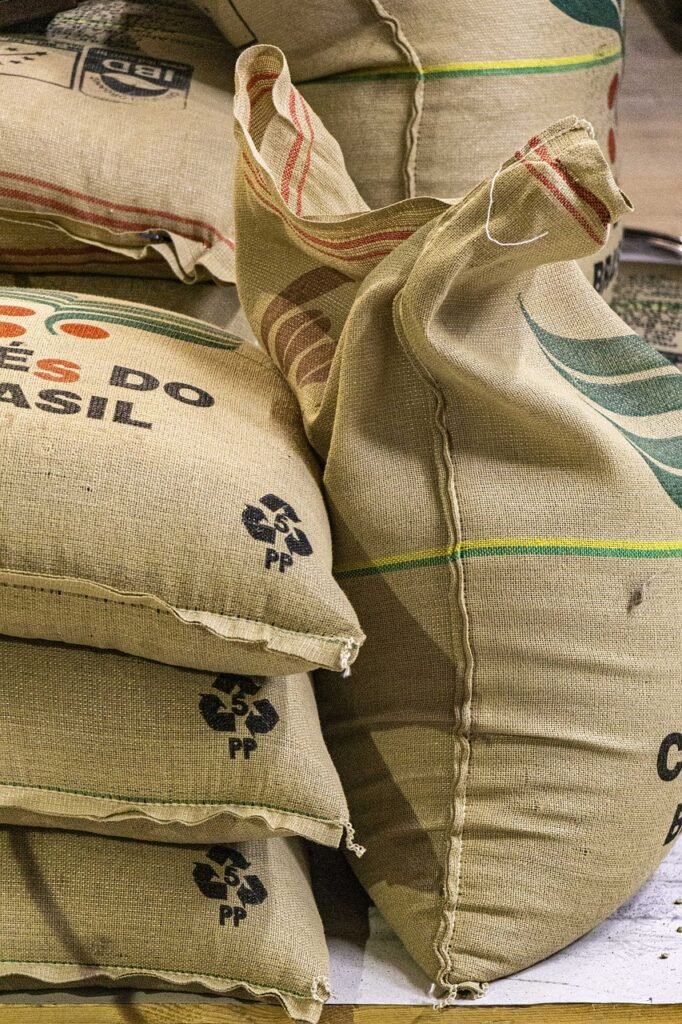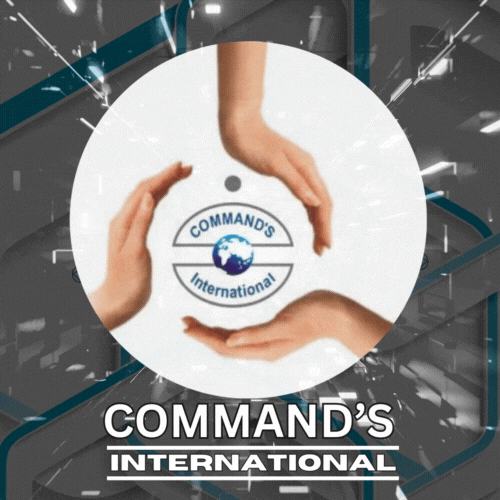

Understanding how to describe containers and quantities is essential when discussing food, shopping, cooking, and everyday activities. This vocabulary will help you communicate precisely and clearly.
🥡 Types of Containers
Food and Drink Containers:
- Bottle – A container for liquids like water or juice.
Example: A bottle of milk. - Can – A metal container for soft drinks or preserved foods.
Example: A can of soda. - Jar – A glass container with a lid, often for jams or pickles.
Example: A jar of honey. - Packet – A small bag or box for food items.
Example: A packet of biscuits. - Tin – A metal container for foods like fish or baked beans.
Example: A tin of tuna. - Box – A cardboard or plastic container.
Example: A box of cereal. - Carton – A container for liquids like milk or juice.
Example: A carton of orange juice. - Cup – A small container for drinks or yogurt.
Example: A cup of tea. - Tube – A squeezable container for paste-like substances.
Example: A tube of toothpaste. - Bag – A soft container for loose items like flour or sugar.
Example: A bag of rice.
Storage Containers:
- Bowl – A round, open container for mixing or serving food.
Example: A bowl of soup. - Pan – A flat-bottomed container for cooking.
Example: A pan of fried eggs. - Pot – A deep container for boiling or stewing.
Example: A pot of stew. - Tray – A flat container for holding or serving items.
Example: A tray of cookies. - Basket – A woven container for carrying or storing items.
Example: A basket of fruits.
📏 Units of Quantity
Liquid Quantities:
- A liter of – Used for liquids like water or milk.
Example: A liter of water. - A gallon of – A large measure for liquids.
Example: A gallon of fuel. - A cup of – A smaller measure for liquids or solids.
Example: A cup of coffee.
Solid Quantities:
- A kilogram of – A measure for heavier items.
Example: A kilogram of flour. - A pound of – Another unit for measuring weight.
Example: A pound of meat. - A handful of – A small amount that fits in your hand.
Example: A handful of nuts. - A slice of – A thin piece of food.
Example: A slice of bread. - A piece of – A single unit of something.
Example: A piece of cake.
Countable Quantities:
- A dozen – A set of 12 items.
Example: A dozen eggs. - A pair of – Two of something.
Example: A pair of shoes. - A bunch of – A collection of items, usually fruits or flowers.
Example: A bunch of bananas.
🗣️ Useful Phrases with Containers and Quantities
- “Can I have a bottle of water?”
- “How many cartons of milk should I buy?”
- “Please pass me a bowl of soup.”
- “There’s a tin of beans in the cupboard.”
- “I need a dozen eggs for this recipe.”
✨ Practice Questions
- Name five containers you see in your kitchen.
- How would you describe the quantity of rice you need for a meal?
- What is the difference between a can and a jar?
📌 Explore more vocabulary to enhance your daily communication at www.commandsglobal.com.
Learn the art of precision in English! 🌟

